Spaceflight is one of the greatest endeavors undertaken by humankind in its entire history. However, humans aren’t the lone species to ride a controlled explosion into the final frontier. We are the only species from Earth to willingly enter space, though. Humans sent many other animals into space in our attempt to understand the rigors of spaceflight and explore the impacts that living in space would have on living beings. Today, we’re going to look at 10 animals that have been to space.
We’ll talk about their experiences and why they were chosen to endure spaceflight.
What Are 10 Animals That Have Been to Space?
Human spaceflight occurred fewer than 100 years ago. These flights were undertaken to send humans to space and then safely return them. Scientists needed a lot of data to reach that goal. Instead of sending human beings at first, animals made the first trips into space.
Their sacrifices allowed humanity to reach into the heavens. Yet, animals weren’t done going to space once humans achieved safe flights. Future experiments necessitated the presence of animals in space, so a variety of other creatures made the journey. So, without further ado, let’s consider 10 animals that have been to space and why they were sent.
1. Monkeys

Monkeys were used to test survivability in space.
©Ondrej Prosicky/Shutterstock.com
A rhesus monkey named Albert I is often credited as the first animal to be launched into space on June 11, 1948. However, this was a suborbital flight that never crossed the Kármán line, so the monkey is often forgotten. Still, Albert II made a successful space flight in 1949 to become the first mammal in space but died on impact following the flight.
Monkeys were used to test the survivability in space in future space flights, including Albert IV. This monkey was launched with monitoring instruments that showed that the animal survived space, clearing the way for future tests for humans. All these creatures died on impact, though.
2. Mice
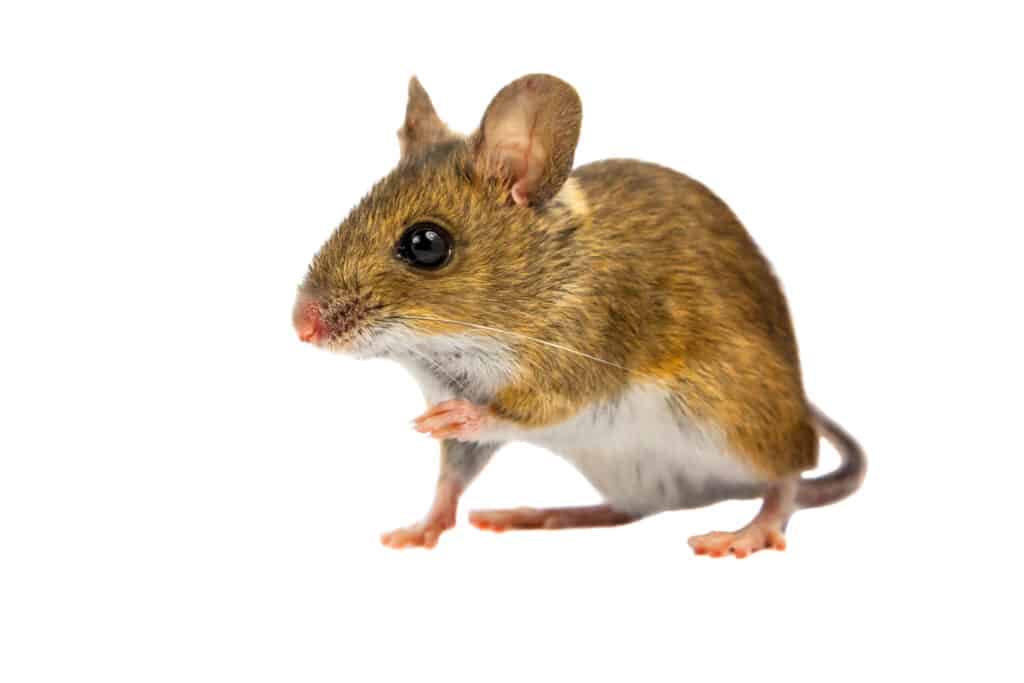
Scientists have used mice to test the possibility of staying in space for long periods.
©Rudmer Zwerver/Shutterstock.com
Mice were not far behind monkeys going into space. They were used as test subjects in 1948 by Americans and then again in the 1950s by Soviet scientists attempting to discern how to make a cabin that could keep humans alive in space.
Five mice were aboard the last mission to the moon during the Apollo 17 mission. They were nicknamed Fe, Fi, Fo, Fum, and Phooey. They spent 147 hours in lunar orbit!
Mice have also been used recently to test various aspects regarding the feasibility of keeping humans and animals in space for long durations.
3. Rats

After testing survivability in space, the first rats returned alive.
©iStock.com/Bilanol
Rats were used in early Soviet experiments to test survivability in space. However, the first rats to reach orbit in space departed on the Soviet Korabl-Sputnik 2 mission. They returned from the mission alive.
4. Frogs
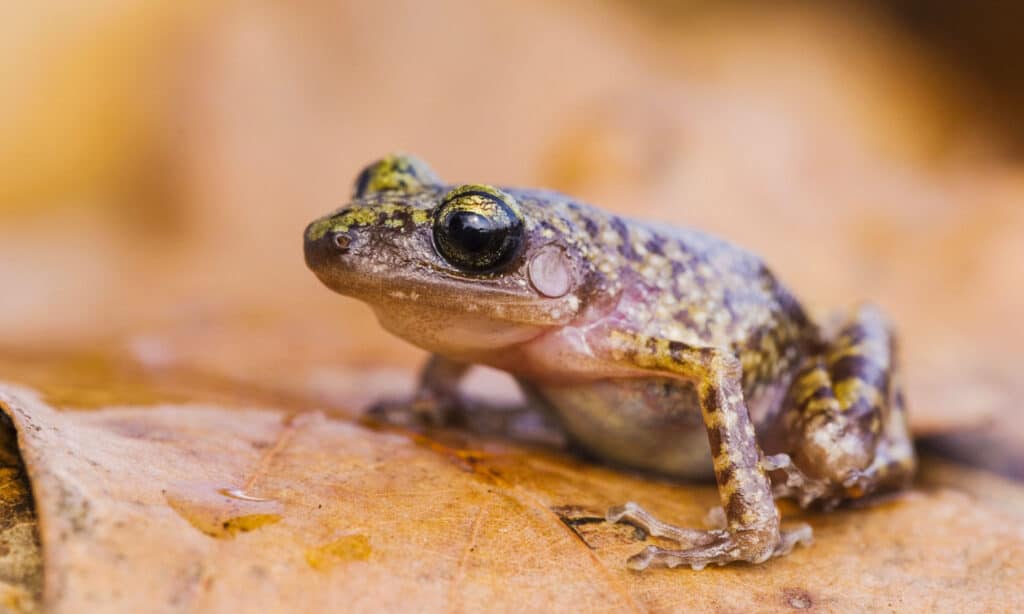
As test subjects, frogs have also been to space.
©Danita Delimont/Shutterstock.com
Frogs were sent into space in the 1950s as test subjects to consider the survivability of spaceflight. In 1970, two bullfrogs were sent into space to study the effects of weightlessness. Scientists wanted to see how frogs’ inner ears would react to being in microgravity.
5. Fish
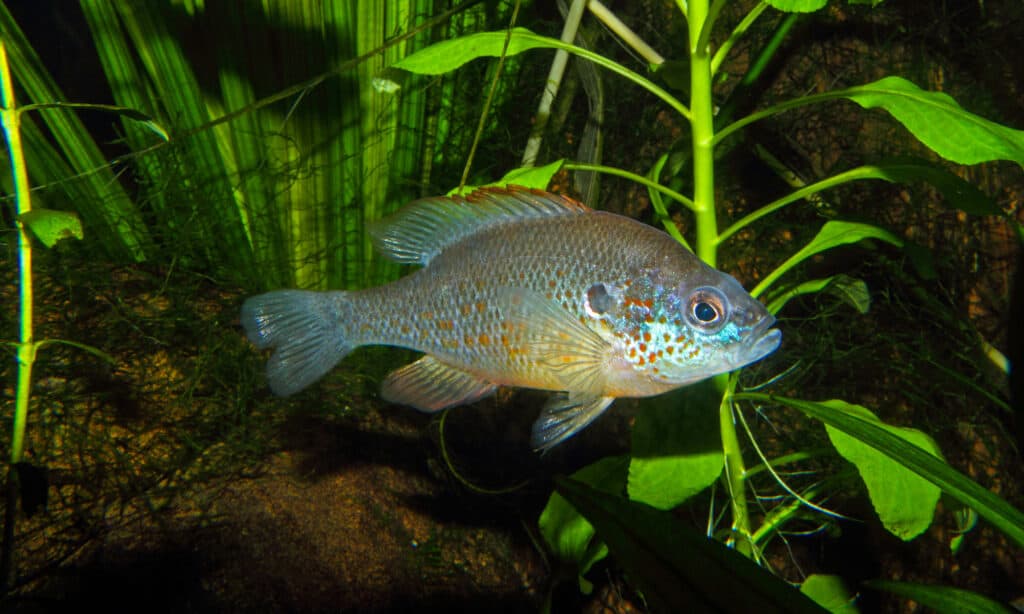
The first fish in space showed signs of space sickness.
©M Rose/Shutterstock.com
Fish were launched into space to test mating capabilities, tissue development, and the general health effects of being in space. They were also included in the Skylab 3 mission in 1973 where 2 fish and dozens of fish eggs were taken to space.
Apparently, the fish showed signs of space sickness. They had no idea how to orient themselves at first, but then they learned how to use light to get their bearings and swim normally. The young fish that were born from the eggs quickly learned from the other fish how to swim normally.
6. Apes
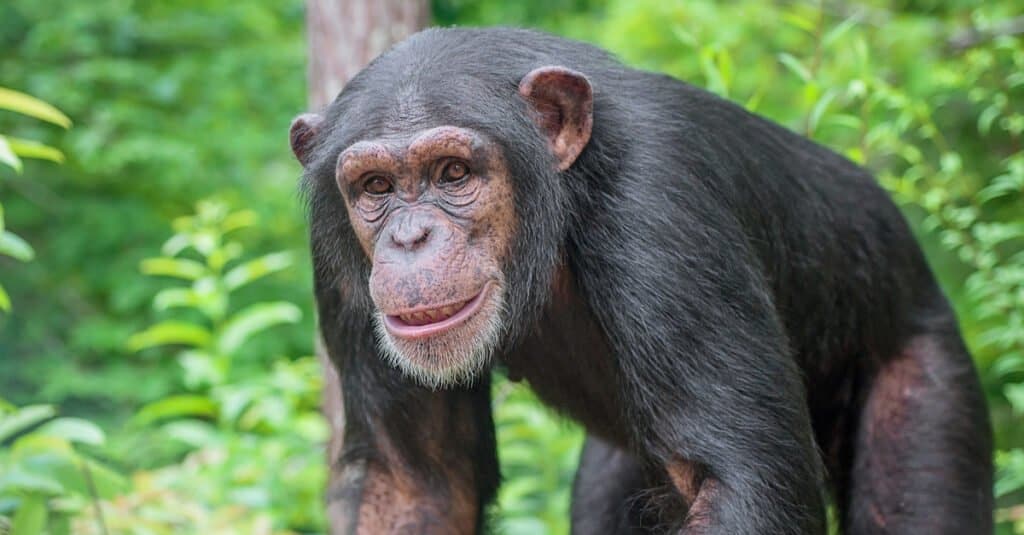
The chimpanzee performed well all through the flight.
©Crystal Alba/Shutterstock.com
A chimpanzee named Ham was the first great ape launched into space in 1961, and he was put in space to test the rigors of spaceflight on human-like animals and to see if they could be trained to perform tasks.
The mission was a success, and Ham survived for another 20 years following his flight. Another chimpanzee named Enos was used to test weightlessness and greater forces of gravity starting in late 1961. He later died of dysentery, but the condition was unrelated to his space excursion.
7. Rabbits
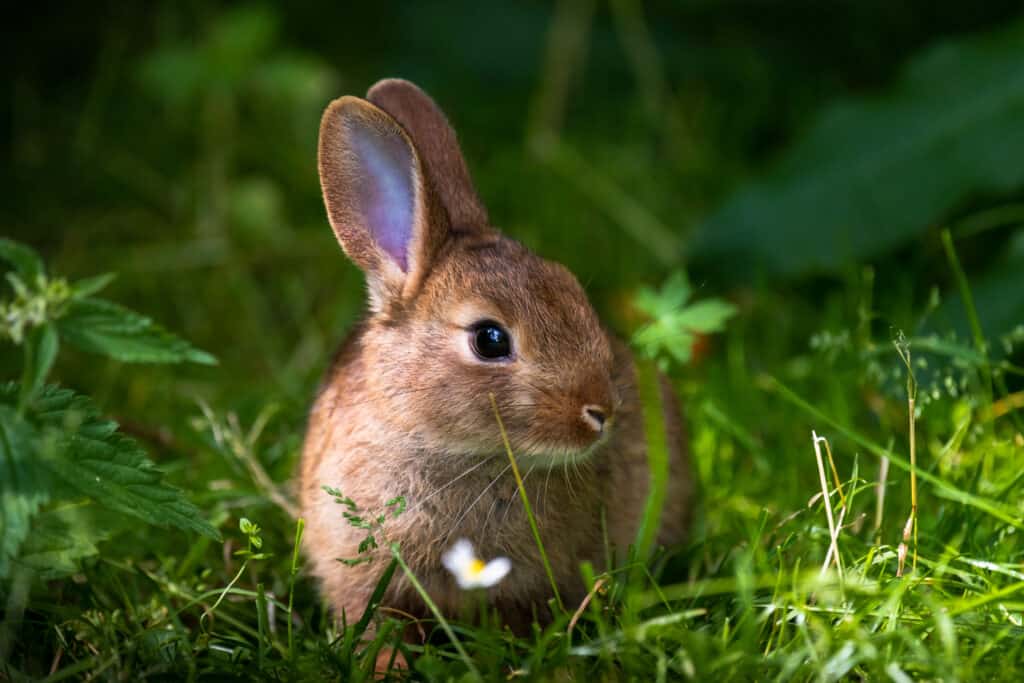
Rabbits are animals that have been in space.
©FullframeFactory/Shutterstock.com
The first rabbit in space was named Marfusha, and this rabbit joined other animals on an R2-A rocket launched in 1959 by the Soviet Union. Rabbits became one of the animals that have been to space in an effort to understand which animals are capable of surviving spaceflight.
8. Spiders

The golden orb spider was used to study microgravity’s effect on spiders.
©Dave Montreuil/Shutterstock.com
Spiders were taken to space in the waning days of the Apollo program. Scientists wanted to test their ability to spin webs in space. Two spiders were also taken to space on the last Endeavor flight. The golden orb spiders were used to study the effects of spiders in microgravity.
Specifically, scientists wanted to see if the spiders’ behaviors would change or if they would make their webs differently over time.
9. Humans

Humans were subject to space experiments.
©Rawpixel.com/Shutterstock.com
Including humans on the list of animals that have been to space is a bit of a given since humans invented spaceflight. However, it’s important to remember that humans sent into space were not only people carrying out a mission. They were the subject of experiments themselves.
After all, we could only hypothesize about the impact that space would have on human beings during the initial flights. That’s why we used so many animals as test subjects beforehand. The first human to go into space was Yuri Gagarin.
Valeri Polyakov spent the longest amount of time in space on a single mission, 437 days. Gennady Padalka has spent the most cumulative time in space, 879 days.
10. Dogs
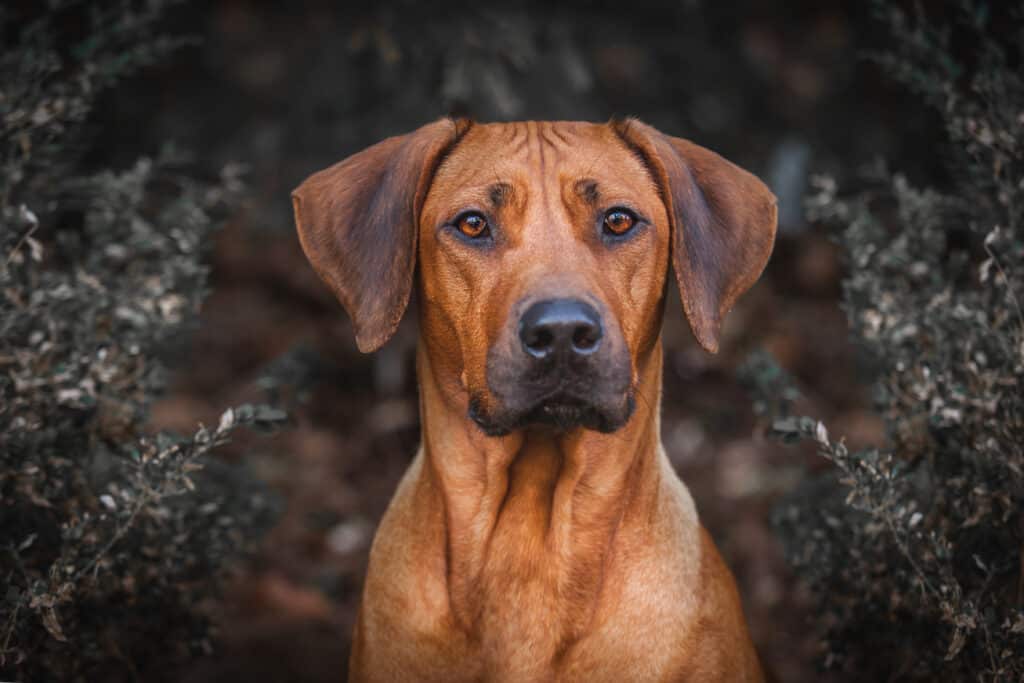
Dogs proved survival of living things in space.
©nik174/Shutterstock.com
Laika the dog was the first creature to orbit the earth. This dog was a stray and launched into space aboard the Sputnik 2 spacecraft. Sadly, the dog passed away since there was no plan to recover her.
Dogs were also on the Sputnik 5 spaceflight that contained the first animals to fly into orbit and then land safely on Earth. These test flights helped pave the way for human spaceflight by proving that living creatures could survive microgravity and the rigors of the launch.
We’ve looked at 10 different animals that have been to space. It’s impossible to understate their importance to spaceflight even though unfortunate sacrifices were made along the way.
The future of spaceflight exploration seems to be poised toward returning to the moon to establish a permanent base along with making our way to Mars. It’s almost assured that animals other than humans will be a part of those journeys.
Up Next:
- How Far Away is Venus from Earth, The Sun, And Other Planets?
- How Far Away is Mars from Earth, The Sun, And Other Planets?
- How Far Away From The Sun, and Other Planets, is Earth?
- This Is How Much You’d Weigh On Mars
The photo featured at the top of this post is © Ludmila Ruzickova/Shutterstock.com
Sources
- National Aeronautics and Space Administration (1970) nasa.gov/mission_pages/station/research/news/spider
- SCIENTIFIC AMERICAN (1970) blogs.scientificamerican.com/guest-blog/the-first-fish-in-orbit/
- National Aeronautics and Space Administration (1970) history.nasa.gov/animals.html
- (1970)
Thank you for reading! Have some feedback for us? Contact the AZ Animals editorial team.






